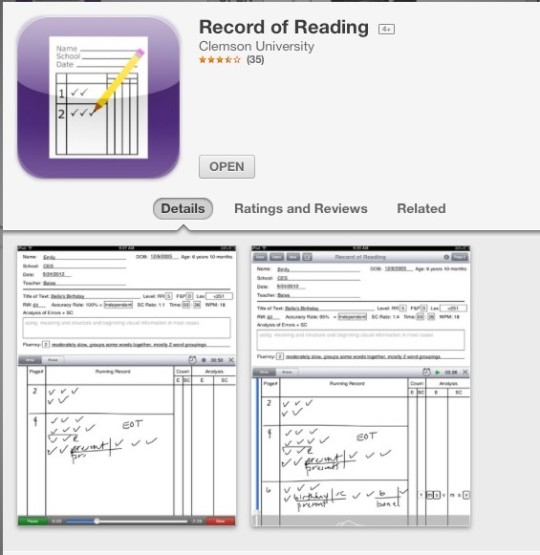
We've been focusing a lot on PERSISTENCE lately in our masters class. I'm going on a bird walk for a while, so join in if you'd like. Persistence is an interesting word. I like to think of this word as an overall summary of a process, not a word to describe a "goal being met." One of the biggest things I've taken away from my experience with this program is the fine line between being persistent on one thing and being spread too thin in all others. There is a lot to be said about someone who can juggle a full time job along with a full time masters program. I give credit to anyone who attempts it, and I tip my hat to anyone who attempts, completes and can truly put forth their best effort in all areas of their lives. I'm a firm believer in having priorities set and sticking to them, and this process and been a challenge. It has exposed me to many of the great things I am capable of, but also has shown me what can happen when my attention slips from one area to refocus on another.
This journey has been exciting, stressful, engaging, contemplative, exhausting and overall a great opportunity and experience. I hope, that now, when all is said and done, I can continue to apply the PERSISTENT attitude to other areas of my life.
